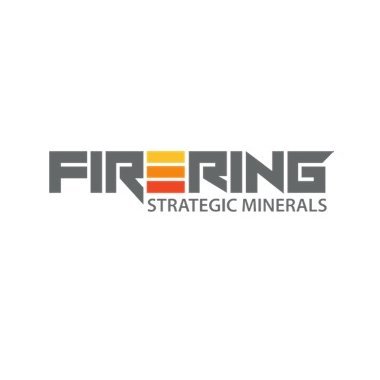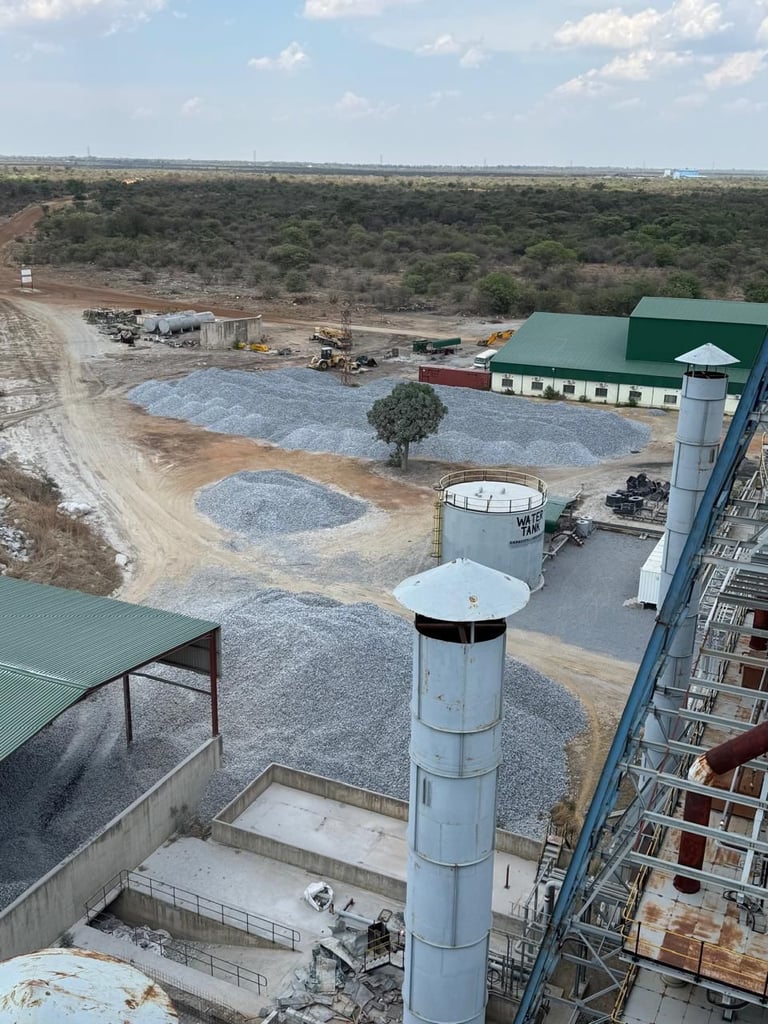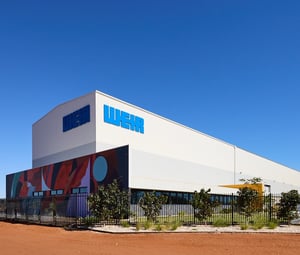The two most common types of lime used in industrial and construction settings are quicklime and hydrated lime. Each serves a specific purpose, and using the wrong one can slow down work, increase costs, or even damage the finished result.
Quicklime, or calcium oxide, is highly reactive and should only be used where its strong chemical activity is required. It’s often chosen for soil stabilisation, steel manufacturing, and flue gas treatment, where heat generation from water reaction is a benefit. However, it needs careful handling. Exposure to moisture starts the reaction process immediately, which can be dangerous if not managed properly. It must be stored in dry conditions and, in many cases, slaked with water on-site before it can be applied.
Hydrated lime, or calcium hydroxide, is the safer and more stable alternative. It’s produced by adding water to quicklime in a controlled environment, which neutralises the reactivity and produces a fine, dry powder that’s easier to transport, store, and apply. This makes it ideal for smaller-scale construction projects, water treatment systems, or industrial processes where accuracy and safety are more important than high reactivity. It requires no on-site slaking, which saves time and reduces safety risks.
When deciding which lime to use, the key factors to weigh are reactivity, safety, ease of handling, transport, and the specific demands of the process. In construction, for example, quicklime might be preferred for speed and strength development, but only if the team is trained and equipped to use it. Hydrated lime is better for pre-mixed applications or situations where the lime needs to be stored for longer periods.





































